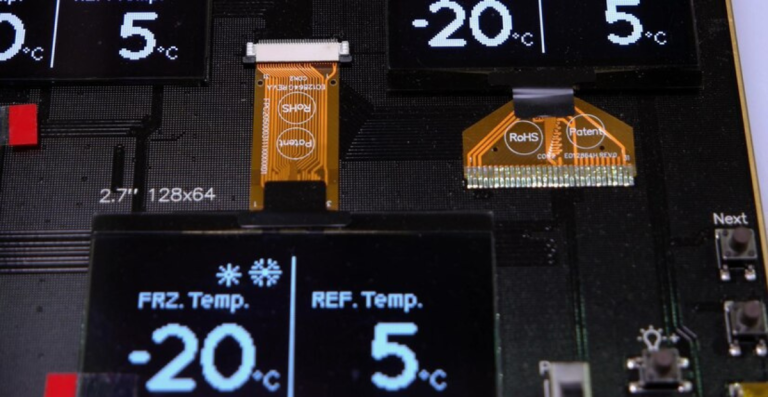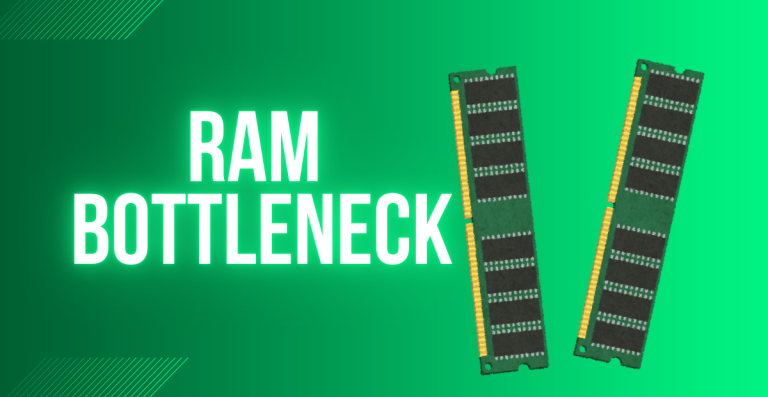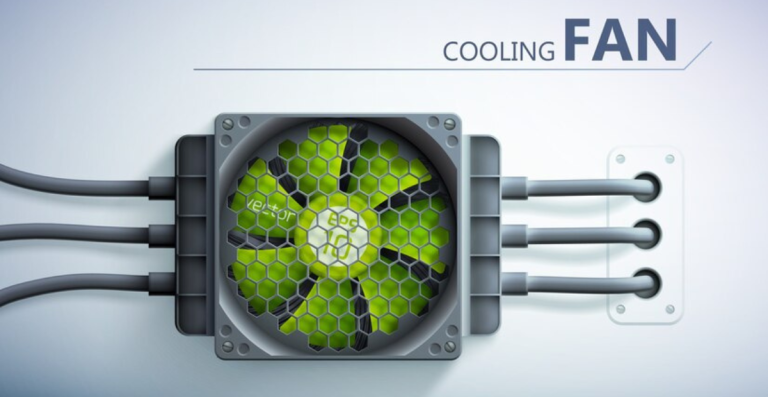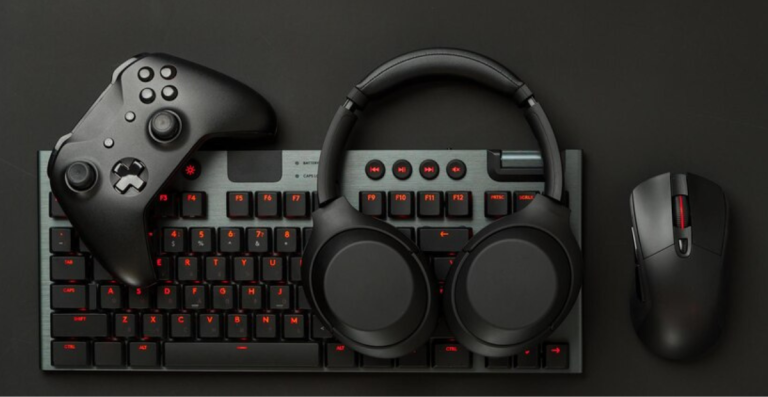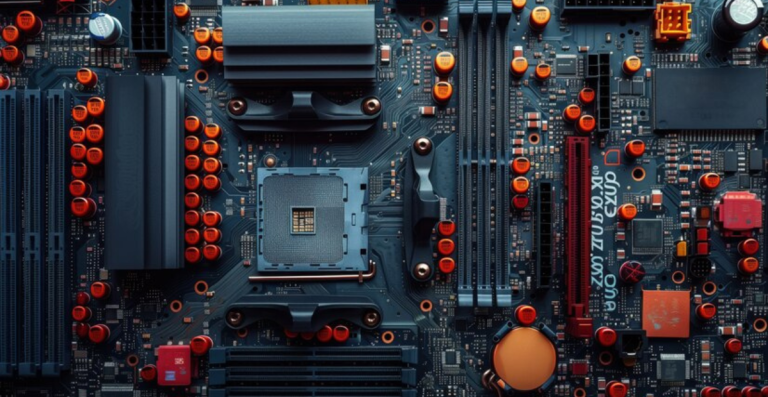Building a Versatile PC for Both Work and Play
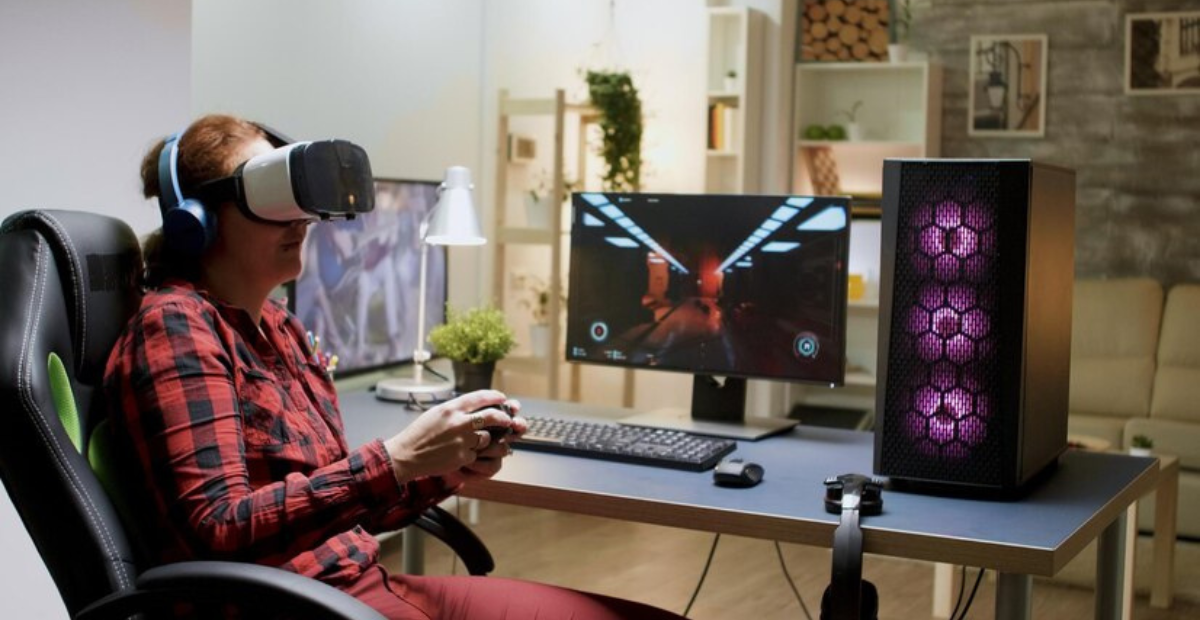
Creating a custom PC that performs well for professional tasks and gaming requires careful planning and thoughtful component choices. Building a Versatile PC for Both Work and Play, like music production, video editing, or 3D design, or diving into the latest games, a balanced system ensures smooth performance without overspending. There are some essential steps to build a PC that adapts to a variety of demands, combining power, flexibility, and future upgrade options.
What to Consider When Building a Custom PC?
Building a Versatile PC for Both Work and Play starts with understanding exactly what you want it to do. Your workflow, gaming habits, and future plans all play a role in shaping your setup. By identifying your specific needs and setting a clear budget, you’ll avoid overspending on features you won’t use while ensuring solid performance where it counts.
Identifying Your Usage Scenarios
Different tasks place different demands on hardware. For work, start by listing the software you rely on, whether it’s Microsoft Office for document handling, Zoom for video conferencing, or heavier programs like Adobe Premiere, Blender, or AutoCAD. These applications often list minimum and recommended specs. Pay close attention to CPU and RAM requirements, as they affect how smoothly your programs will run.
For gaming, consider the types of games you’ll play most. Fast-paced esports titles like Valorant or CS: GO need high frame rates and low input lag, while AAA games such as Cyberpunk 2077 or Hogwarts Legacy require powerful graphics cards to run well at high resolutions. Decide your target resolution: 1080p, 1440p, or 4K and whether you want to hit 60 FPS or go for 120–144+ FPS in competitive titles.
Establishing a Realistic Budget
Budgeting is more than just picking a number. It means deciding how to divide your funds across components. Prioritize based on what matters most for your goals:
- For gaming, the GPU should take the largest share of the budget.
- For work tasks like video editing or 3D modeling, invest more in the CPU and RAM.
- Don’t forget reliable storage, both SSDs for speed and HDDs for capacity.
Set aside part of your budget for a good monitor, mouse, keyboard, and headset. These affect how you interact with your system every day, especially during long work sessions or gaming marathons.
Leave room for upgrades. A modular build approach lets you replace or improve parts later as your needs grow or new tech becomes available. Choosing a case with good airflow and a strong power supply ensures you won’t be limited when it’s time to upgrade.
Optimizing Your Workspace
A high-performance PC isn’t complete without a proper setup. Make sure your desk has enough space for your PC tower and peripherals. Choose a PC case that fits your available area but still allows for airflow and future component expansion.
Ergonomics matters more than many expect. A supportive chair, an adjustable monitor stand, and a comfortable keyboard and mouse setup can reduce strain over long hours of work or gameplay. These small details make a big difference in productivity and enjoyment.
Selecting the Right Components for Versatility
The core of a great PC lies in choosing components that meet the demands of both productivity and gaming. This section breaks down each critical part, balancing power, compatibility, and value to help you build a system that handles creative workloads and modern games with ease.
CPU: The Core Performer
Your processor (CPU) directly affects how fast your PC can handle complex tasks and how responsive it feels. For creative professionals, multi-core performance matters. Applications like Adobe Premiere Pro or Blender benefit from more cores and threads. For gaming, single-core performance is still key to achieving high frame rates.
Look for CPUs like the AMD Ryzen 5/7/9 series or Intel Core i5/i7/i9, depending on your workload and budget. For a balance between gaming and work, a Ryzen 7 or Intel Core i7 is often ideal. Just make sure the motherboard you choose supports the socket type of your CPU.
GPU: The Visual Engine
If gaming is a priority, the GPU is your most important investment. A powerful graphics card ensures smooth visuals and high frame rates. For 1080p gaming, a mid-range card like the NVIDIA RTX 3060 or AMD RX 6700 XT works well. For 1440p or 4K gaming, you’ll want something stronger, RTX 4070 or above, or a Radeon RX 7900 series card.
But GPUs aren’t just for games. Applications like DaVinci Resolve, Unreal Engine, and Adobe After Effects also benefit from GPU acceleration. Look for a card with at least 8GB of VRAM to future-proof your system.
Motherboard: The Connectivity Hub
The motherboard ties everything together. Make sure it’s compatible with your CPU and has room to grow enough RAM slots, storage connectors, and PCIe lanes for a GPU and expansion cards. Also, consider onboard features like Wi-Fi, Bluetooth, and USB-C ports.
Select a form factor that suits your case size: ATX for full-size builds, Micro-ATX for mid-size, and Mini-ITX for compact systems.
RAM: Enabling Multitasking
For most mixed-use builds, 16GB of RAM is the starting point, but 32GB is becoming the standard for creatives and multitaskers. This ensures smooth performance when juggling large files, plugins, or multiple browser tabs and apps.
Check the motherboard’s support for DDR4 or DDR5 and match the RAM type accordingly. Higher speeds (measured in MHz) can offer small performance gains, especially for memory-intensive tasks.
Storage: Speed and Capacity
An NVMe SSD is now essential. It boots your system quickly, launches programs in seconds, and loads games faster than older SATA drives. Aim for at least 500GB for your OS and main apps. If you use large files regularly, a 1TB or 2TB SSD is ideal.
For mass storage like video files, music libraries, or large game installations, a secondary HDD (1TB or more) offers affordable extra space. Creators might also consider multiple SSDs for separating work projects from system files.
Power Supply: Providing Stable Power
Choose a PSU with enough wattage to power all components, leaving headroom for future upgrades. Tools like PSU calculators help estimate your needs, but a 650W–850W unit works for most mid- to high-end systems.
Look for 80+ Bronze, Gold, or Platinum ratings for better efficiency and reliability. Modular or semi-modular cables simplify cable management and airflow.
Cooling: Keeping Temperatures in Check
Whether you choose air or liquid cooling, make sure your CPU stays within safe temperature ranges. Air coolers are quiet and reliable for most setups, while liquid coolers may help with overclocking or high-performance CPUs.
Always apply quality thermal paste between the cooler and the CPU. Make sure your case supports the cooler’s size, especially for tower-style air coolers or larger liquid radiators.
Case: Structure, Airflow, and Style
Pick a case that fits your motherboard, GPU, and cooler. Good airflow is critical—look for models with mesh fronts and multiple fan mounts. Clean cable routing, dust filters, and removable panels also improve ease of use.
Finally, aesthetics matter too. Whether you prefer a minimalist black box or a showcase with tempered glass and RGB lighting, choose something that feels right for your workspace or gaming setup.
Tailoring Your PC for Specific Needs
A versatile PC should adapt to your personal and professional demands. Whether you’re a gamer, a content creator, or a music producer, small tweaks to your build can maximize performance in your most-used applications.
A Custom PC to Create Music
Music production calls for smooth, responsive performance even with multiple audio tracks and effects. A high-performance CPU such as the Intel Core i7/i9 or AMD Ryzen 7/9 ensures low latency and fast processing. At least 16GB of RAM is recommended, but 32GB gives more headroom when working with large sample libraries and complex projects.
Use a fast NVMe SSD for your DAW and active projects, and consider a second drive specifically for sample storage. Most importantly, invest in a quality audio interface for reliable input/output and low-latency monitoring.
A Gaming-Focused Build
For gaming, the GPU takes center stage. A card like the NVIDIA RTX 4070 or AMD Radeon RX 7800 XT delivers excellent performance at 1440p and high settings. Pair it with a fast CPU (such as a Ryzen 5 7600X or Intel Core i5-13600K) to prevent bottlenecks, especially in CPU-heavy games.
A high-refresh-rate monitor (144Hz or more) enhances the gaming experience, particularly in competitive titles. For RAM, 16GB is sufficient, but 32GB provides extra stability. And don’t forget that an NVMe SSD with fast load times makes a real difference.
A Home Theater PC (HTPC)
If your PC is meant to stream movies or host a media library, silent operation becomes key. Choose components with low noise profiles: quiet fans, a passively cooled GPU (or integrated graphics), and an efficient PSU.
An AMD Ryzen CPU with integrated Radeon graphics or an Intel chip with Intel UHD graphics may be enough for 4K streaming. For larger media libraries, a high-capacity HDD or even a NAS (Network Attached Storage) can provide shared access across devices. Choose a sleek HTPC case that fits into your living room setup and includes HDMI output and wireless control options.
A Creative Workstation for Multimedia or 3D
Creating 3D models, animations, or interactive content demands top-tier performance. Start with a multi-core CPU, Ryzen 9 or Intel Core i9, and 32GB to 64GB of RAM. Use multiple SSDs: one for your OS, one for projects, and another for scratch disks or rendering caches.
GPU performance is critical here. A high-end RTX card (like the 4080 or 4090) or a workstation GPU (NVIDIA Quadro, AMD Radeon Pro) provides the horsepower for real-time rendering and smooth viewport navigation.
Also, invest in a high-resolution, color-accurate monitor with excellent sRGB or Adobe RGB coverage. This ensures your visuals translate well across devices and in print.
Gamer Setup and Ergonomics
The experience doesn’t stop at the PC tower. A comfortable, adjustable gaming chair with proper lumbar support makes long sessions healthier. Use a mechanical keyboard with responsive switches, a gaming mouse with customizable DPI, and a headset with clear audio and a quality mic for communication.
If you multitask, consider a dual-monitor setup. Clean cable routing not only improves airflow but also makes your space feel more organized. Add LED strips or bias lighting behind your monitor for reduced eye strain and ambiance.
Final Thoughts
Choosing powerful components is only one aspect of building a versatile PC; another is matching your hardware to your work and play habits. You can build a machine that excels in a variety of tasks by carefully allocating your budget, choosing components that are balanced, and modifying your setup to satisfy particular creative or gaming requirements.
Your own PC can provide the performance, flexibility, and satisfaction that a prebuilt system frequently can not match, whether you are creating music, playing AAA games, or rendering 3D animations. Just keep in mind that comfort, cooling, and compatibility are just as crucial as sheer power.

